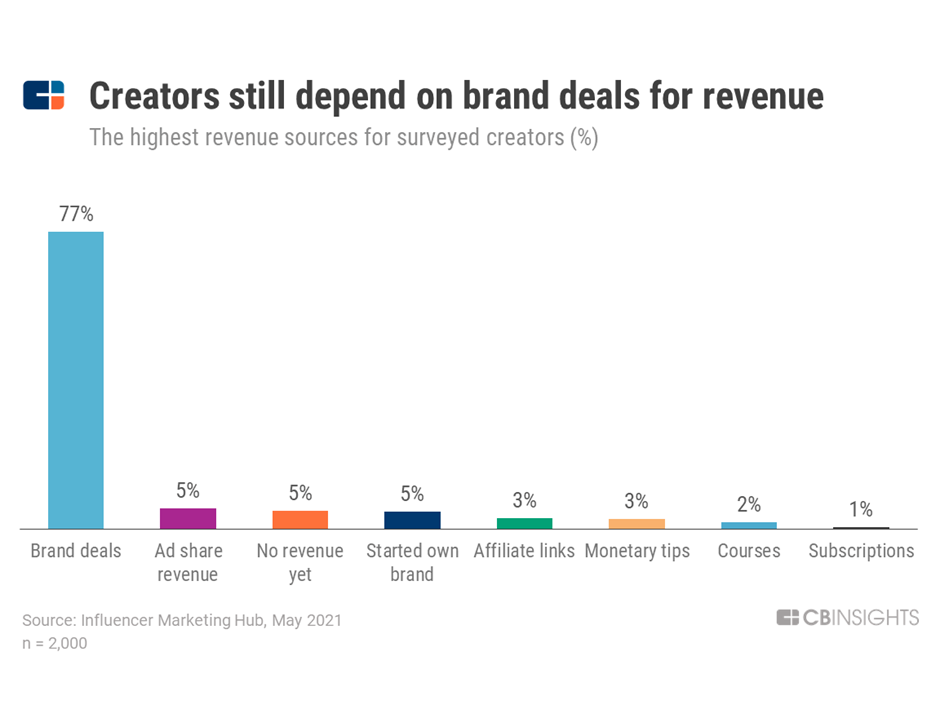The e-commerce market is constantly expanding, and as you probably know by now, it has continued to boom throughout the pandemic. In such a highly-competitive environment, e-commerce leaders need to stay on top of the latest trends and leverage the right digital tools to ensure long-term success.
Using the right digital tools and solutions allows leaders to lower their overall marketing spend and achieve their goals in a more efficient and effective way. But aside from cost-effectiveness, it’s important for e-commerce leaders to leverage technologies and trends to increase engagement and keep up with the evolving customer needs.
As proof of this trend, the e-commerce platform Shopify, who reported their sales were up 57% in 2021 alone, and that their overall 2020-2021 business had doubled since 2019, is promoting tools to do just that. They are making it easier than ever for their merchants to boost their SEO e-commerce marketing presence in 2022 by using purpose-built apps.
Let’s put all of this into perspective. Commerce is changing and evolving, and you have an opportunity to build momentum in 2022 and position yourself as a leading brand in digital commerce for years to come. So, let’s take a closer look at the digital commerce trends you should use to your advantage in 2022.
1. SEO and content are spearheading Ecommerce marketing
 Digital marketing is a vast field that encompasses numerous tools, tactics, and practices for effective marketing and advertising. Needless to say, every digital marketing tactic can be a powerful tool for your brand in the competitive online space. That said, your focus in 2022 should be to consolidate your digital marketing efforts and allocate resources towards the most cost-effective tactics.
Digital marketing is a vast field that encompasses numerous tools, tactics, and practices for effective marketing and advertising. Needless to say, every digital marketing tactic can be a powerful tool for your brand in the competitive online space. That said, your focus in 2022 should be to consolidate your digital marketing efforts and allocate resources towards the most cost-effective tactics.
This will reduce your marketing spend and allow you to capitalise on the most popular marketing trends. Without a doubt, content marketing and search engine optimisation are becoming increasingly popular for digital retailers.
While the focus in e-commerce used to be on paid advertising, nowadays any marketing company offering SEO services will shift their focus from paid advertising and grow their e-commerce clients through search engine optimisation. Why? Because people are increasingly clicking on organic search results instead of ads.
Google is determined to bring as much value to the customer as possible in its search results. If your website and content rank on the first page, you will bring more traffic to your website and your content will help convert visitors into paying customers.
One strategy for achieving that is growing in its significance: localisation. That’s the group of tactics that nationwide and global companies are using to make their branches or stores appear as “local” as possible, adjusting their approach to the cultures (and even neighbourhoods) they serve.
The concept is that the more local you appear to your customers, the more comfortable they are spending money with you. And there are SEO benefits as well. If you’d like to learn more, we recommend looking through this ultimate guide to localisation.
2. Engaging customers on all online touchpoints
In modern e-commerce, it’s important to structure your digital marketing efforts for future growth so that you can continue to engage your audience on all digital touchpoints. Every touchpoint represents an opportunity for lead generation, conversion, or for building brand loyalty and trust. This is called omni-channel marketing, and it should encompass every possible communication channel.
This includes:
- Your website’s chat
- Social media platforms
- Direct messaging platforms
- Email communication
- Phone communication
- Groups and community pages
- Forums and review sites
Don’t underestimate the potential of phone communication in modern e-commerce, as having a customer-facing phone system for business use can be a powerful way to build relationships with your customers. Use your phone system in conjunction with your digital communication tools to engage with customers across the online and offline worlds.
Photo credit: SaasList
3. Programmatic advertising is improving advertising efficiency
Even though content marketing is becoming increasingly important for e-commerce success, that doesn’t mean that you shouldn’t invest in online advertising. It does mean, however, that you should try to lower your advertising spend by leveraging programmatic advertising.
Programmatic advertising is when you buy advertising space online automatically instead of manually, allowing your ads to appear in front of the right audience at the right time. You can use this to achieve many short and long-term goals, but financial savings should be a key objective.
With the latest programmatic advertising statistics and trends noting that global advertising spend will reach $524.31 billion in 2022, it’s important to try and minimise your financial waste with advertising automation. Instead of manually buying advertising space across the web, you can automate this process by leveraging all customer data to feed the algorithm.
The automated system will then buy the best advertising space for your budget and needs, using customer insights, content data, cookie data, and other information to optimise ad placement.
4. Building brand trust and recognition with digital creators
In an increasingly competitive e-commerce sector, customers and online audiences in general are spoiled for choice. With discounts, deals, and promotions at every corner, you can’t hope to win customers over with great prices alone.
Instead, your focus should be on practices that build brand trust, recognition, and loyalty, such as actively listening to customer feedback and taking support seriously. These tactics inspire new customers to buy from you instead of your competitors, and it gives existing customers confidence to keep coming back for more.
One of the best ways to build brand trust and improve recognition is to leverage digital creators. It’s important to note that the creator economy is growing around the world, presenting an opportunity for e-commerce brands to partner up with creators across numerous online platforms to create engaging and impactful content.
Digital creators and influencers have loyal communities and followers they can influence to check out your brand or use a special promo code. That said, finding the right digital creators annually can be a cost-intensive task, but luckily you can automate it by using an online database or an AI-driven tool to get matched with the best influencers for your brand.
Photo credit: CB Insights
5. AR is boosting the online shopping experience
Augmented reality has seen countless uses and applications in digital marketing over the years, and nowadays it is transforming the way customers interact with online stores. In fact, AR is transforming the online shopping experience along with other powerful trends.
Augmented reality allows customers to preview items or examine them in more detail, try out the product in a virtual setting, or even learn to use a product with interactive user manuals. The possibilities for augmented reality in e-commerce are endless, and you can even use AR to enhance your marketing campaigns, promote your e-commerce app, and more.
While virtual reality is also making waves in the e-commerce industry, it’s important to note that AR is leading the way when it comes to transforming the customer’s experience in a cost-effective way.
Wrapping up
E-commerce seems to be on a never-ending upward trajectory, but with market growth comes more competition and more pressure on business leaders to innovate and adapt. Using these trends and insights to your advantage, you can stay ahead of the competition and grow along with the entire e-commerce economy.
About the author:
Nikola Sekulic is a seasoned brand developer, writer, and storyteller. Over the last decade, he’s worked on various marketing, branding, and copywriting projects – crafting plans and strategies, writing creative online and offline content, and making ideas happen. When he is not working for clients around the world, he is exploring new topics and developing fresh ideas to turn into engaging stories for the online community.
